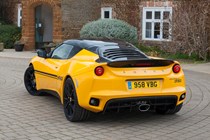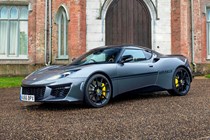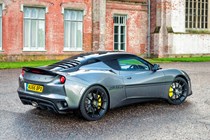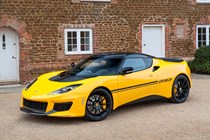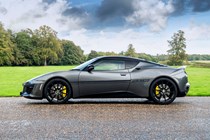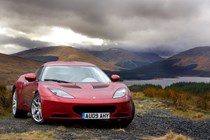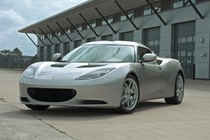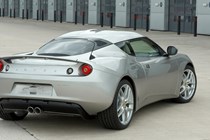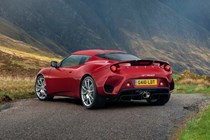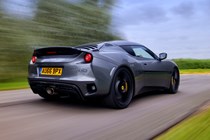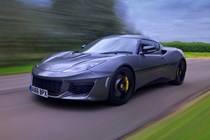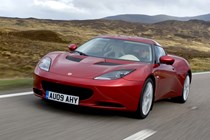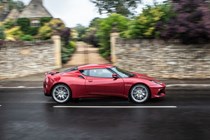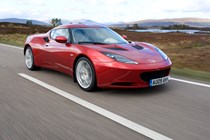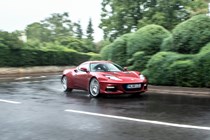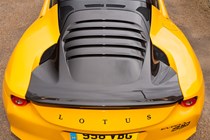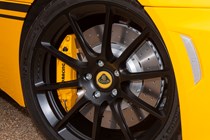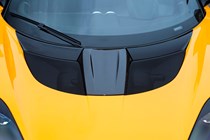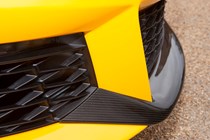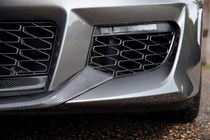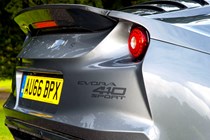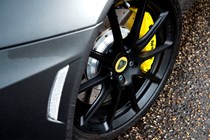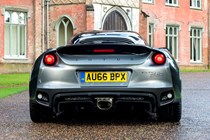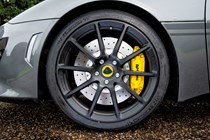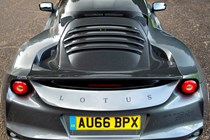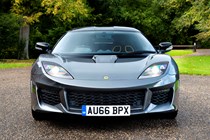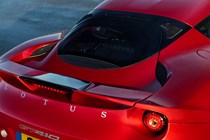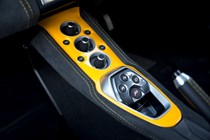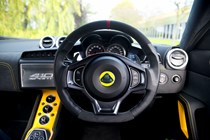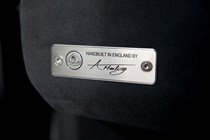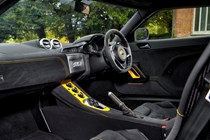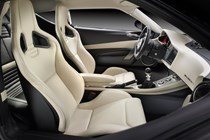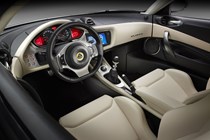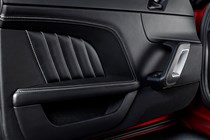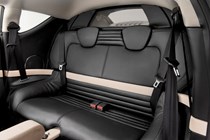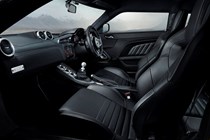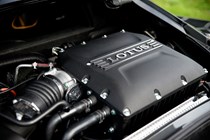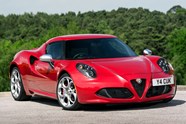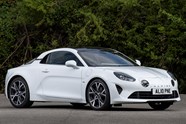
Lotus Evora Coupe (2009-2021) review
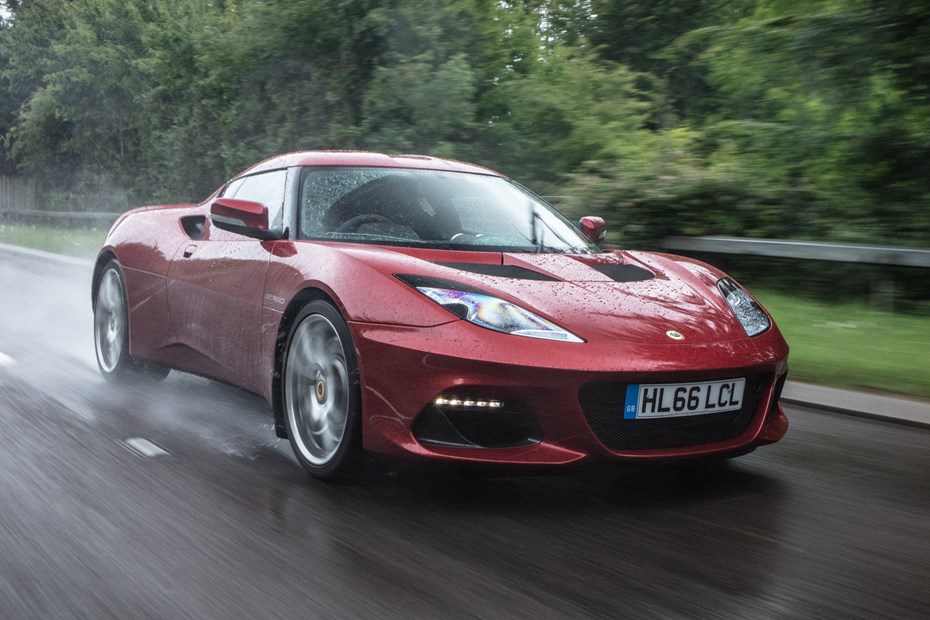
At a glance
| Price new | £52,025 - £114,975 |
|---|---|
| Used prices | £11,203 - £65,962 |
| Road tax cost | £430 - £735 |
| Insurance group | 47 - 50 |
Get an insurance quote with

|
|
| Fuel economy | 25.7 - 26.7 mpg |
| Range | 343 - 409 miles |
| Miles per pound | 3.8 - 3.9 |
| Number of doors | 2 |
| View full specs for a specific version | |
Available fuel types
Petrol
Pros & cons
- Sublime steering and handling
- Smooth, comfortable ride
- Powerful engine makes incredible noise
- Easier to live with than an Elise
- Not much space in the rear
- Quite expensive
- Iffy interior trim on early models
- Manual gearshift can be notchy
Lotus Evora (09-21) rivals
Overview
It’s an odd thing to get your head around, the Lotus Evora. A coupe from a car company synonymous with the removing of all but the most essential components – but with two extra seats.
That’s two more than the company’s smaller Elise, and it sits on an enlarged version of that car’s aluminum architecture as a more practical rival to the likes of the Porsche Cayman and Alpine A110.
A fomula closer to BMW’s M2 in what it offers then – six cylinders, four(ish) seats and a promise of ultimate driving thrills every time you turn a wheel.
Old school propulsion
While most of the Evora’s rivals have now fully embraced a smaller, turbocharged petrol engine, the Lotus was powered by largely the same unit as it was at launch in 2009. Yes, somehow a 3.5-litre V6 is squeezed in behind the rear seats.
It’s not strictly the same engine though, because the power output has increased with every generation, most notably when a massive supercharger was bolted on top to give us the rapid Evora we know today.
There are two versions and both produce 416hp, good for a Porsche-rivalling 0-62mph time of 4.2 seconds and a 190mph top end.
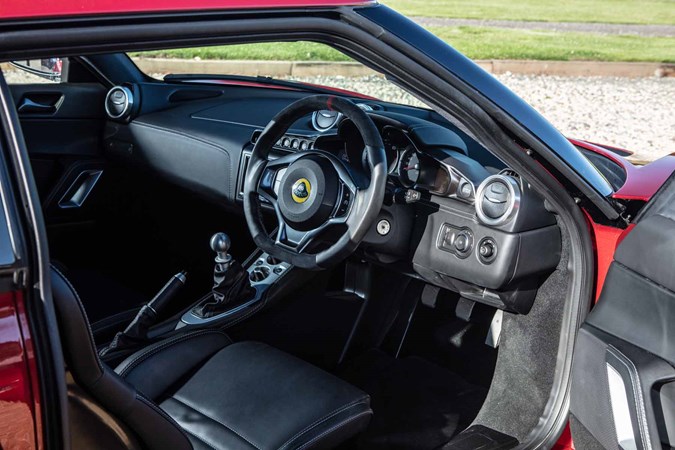
It also sounds absolutely sensational – full of purpose, bass and a raw-edge that has become largely absent in most modern sports cars due to tightening emissions regulations.
Focussed handling with comfortable ride
Steering feel is something of a Lotus hallmark and it’s present in abundance in the Evora – truly this is one of the best cars on sale if you value loads of feedback through the rim.
It doesn’t end there though, because the Evora turns and grips like few other cars and yet delivers a ride (in GT410 form) that is more that compliant enough to live with every day.
That might sound contradictory, but we think that bit of give in the Lotus’s chassis makes it faster on lumpy UK roads, simply because the tyres are in contact with the tarmac for more of the time.
Cabin and luggage space a bit mixed
Few cars are perfect and if we need to pick holes in the Evora it would be with the interior design – it’s not up to the standard of its rivals in terms of quality or tech on offer.
There’s an argument that those sorts of things just distract you from the job of driving the car, and in fairness, the Evora’s cabin isn’t actively bad, it’s just a bit anonymously styled and dark.

The boot is a reasonable size but there’s only one (the Cayman has another in the front) and while there is additional storage space on the rear seats, that’s all the are really useful for. Only very short passengers will be able to fit.



